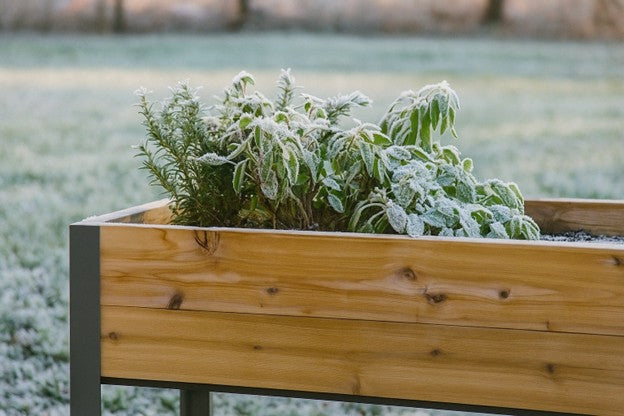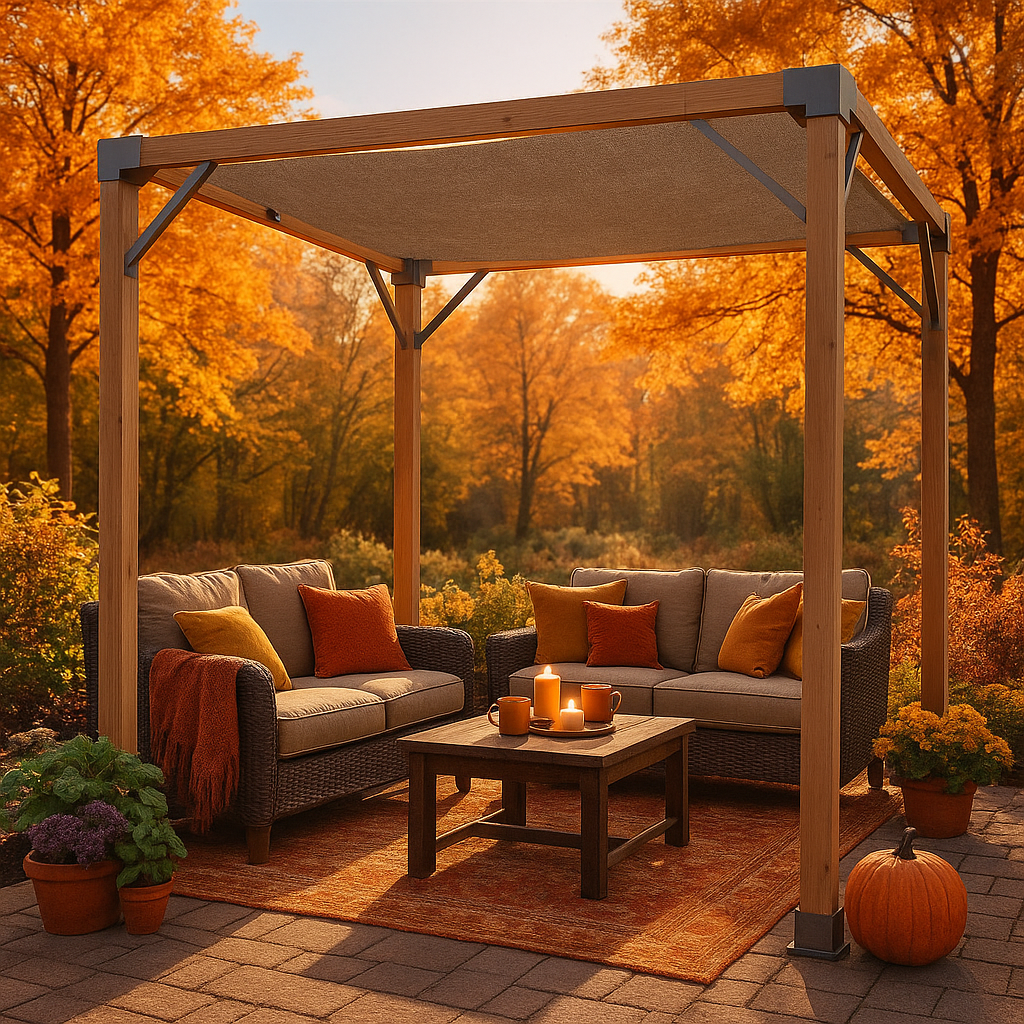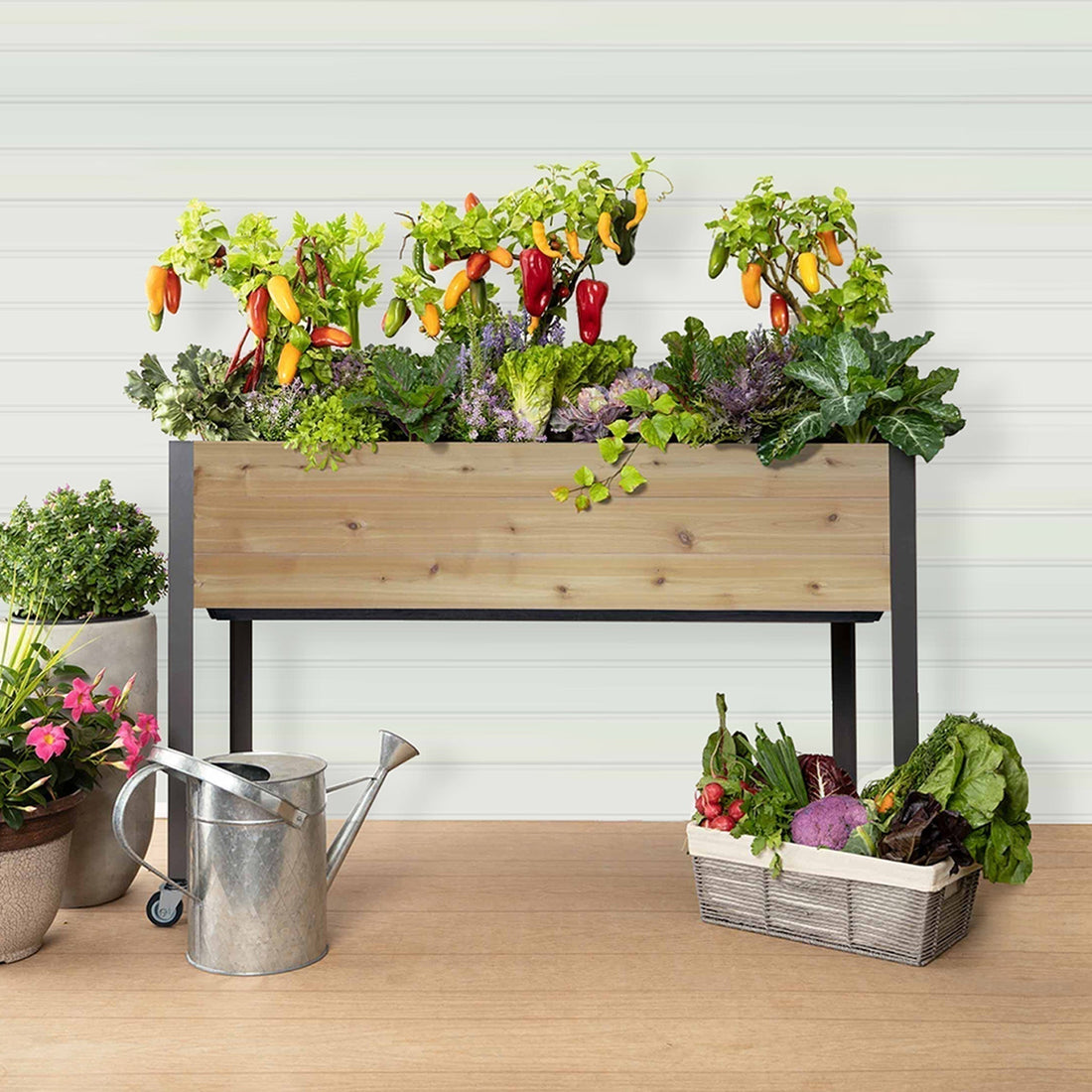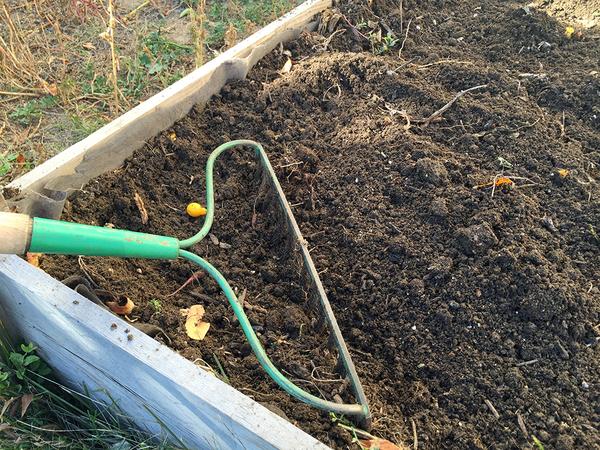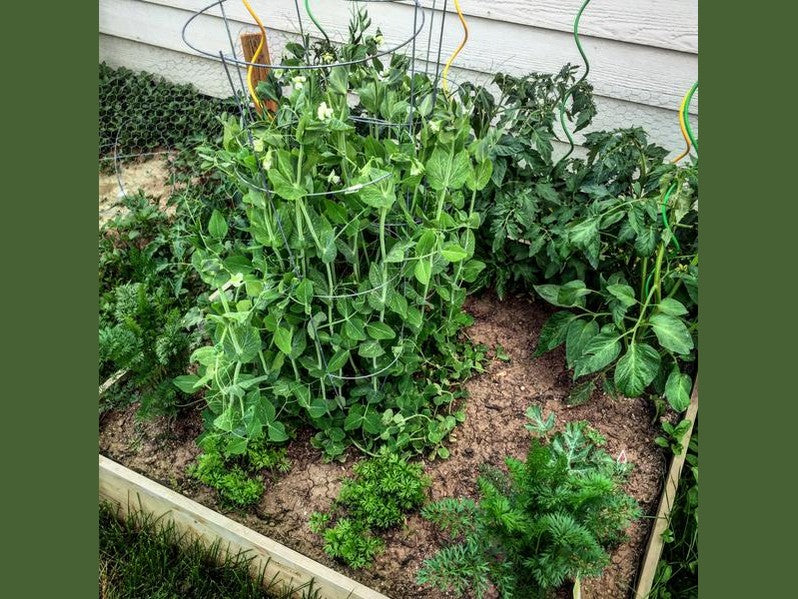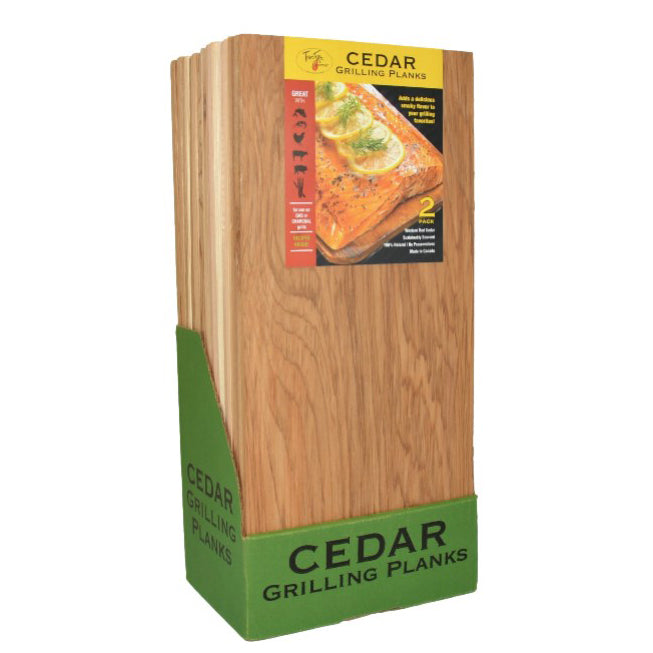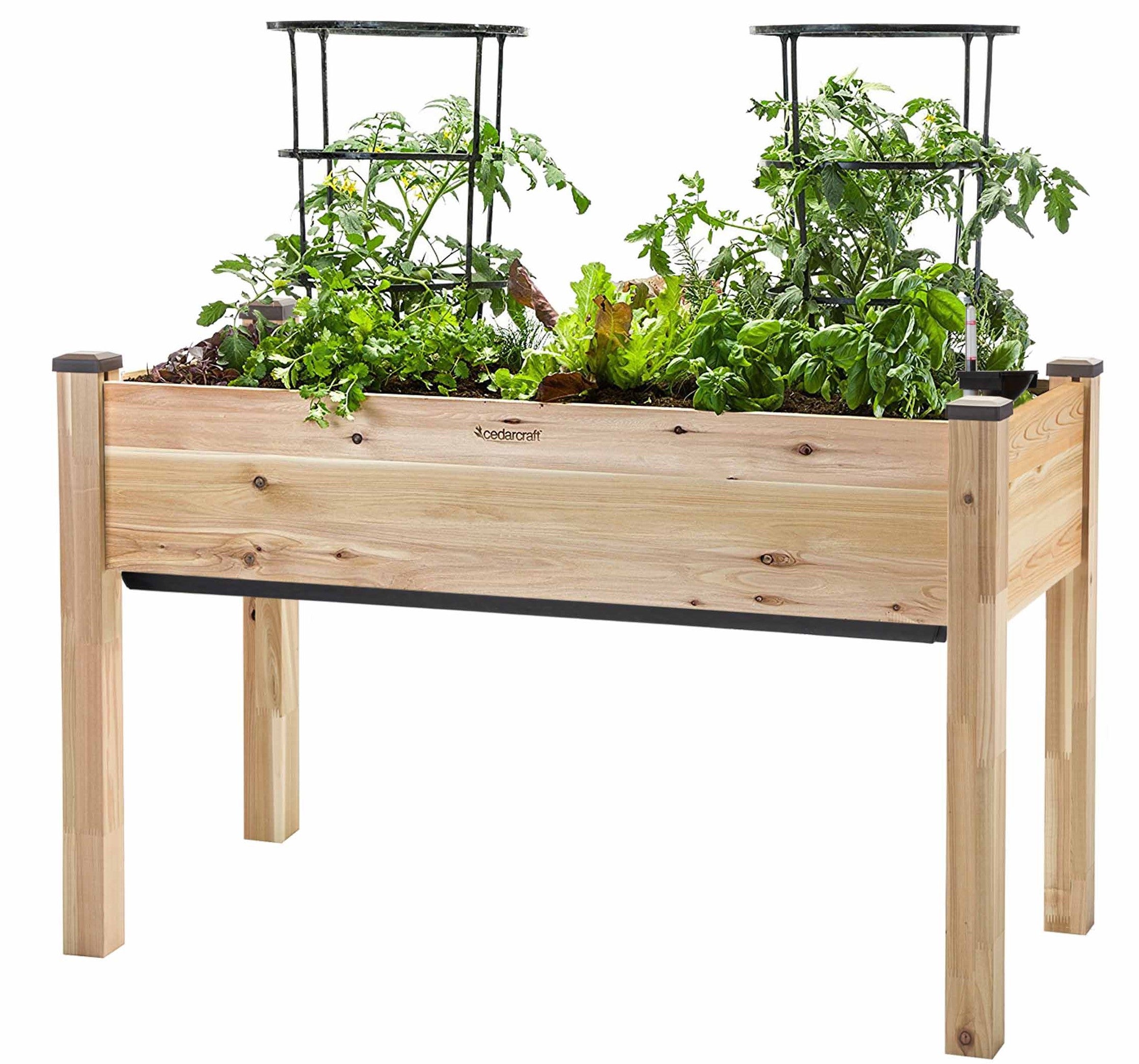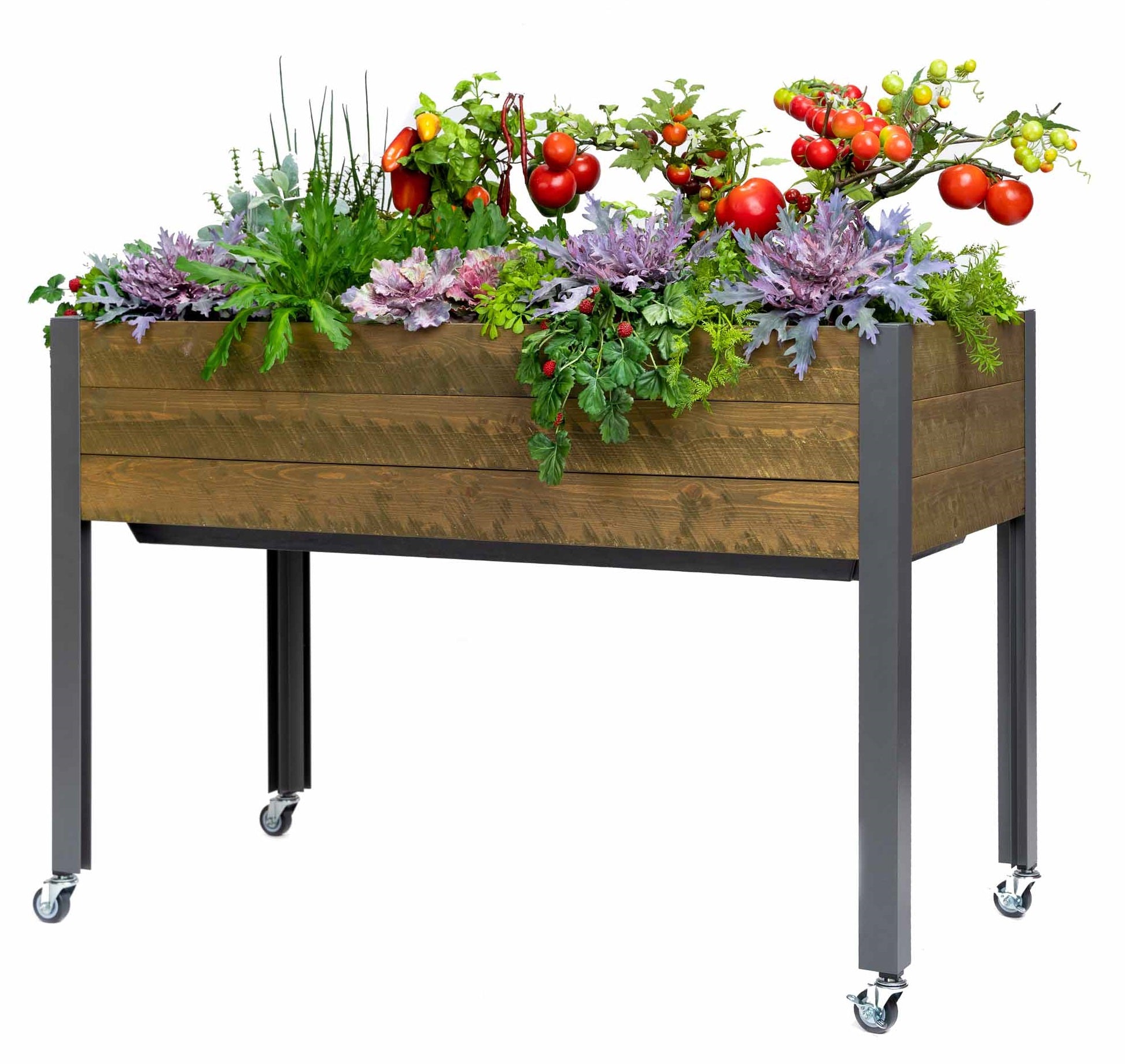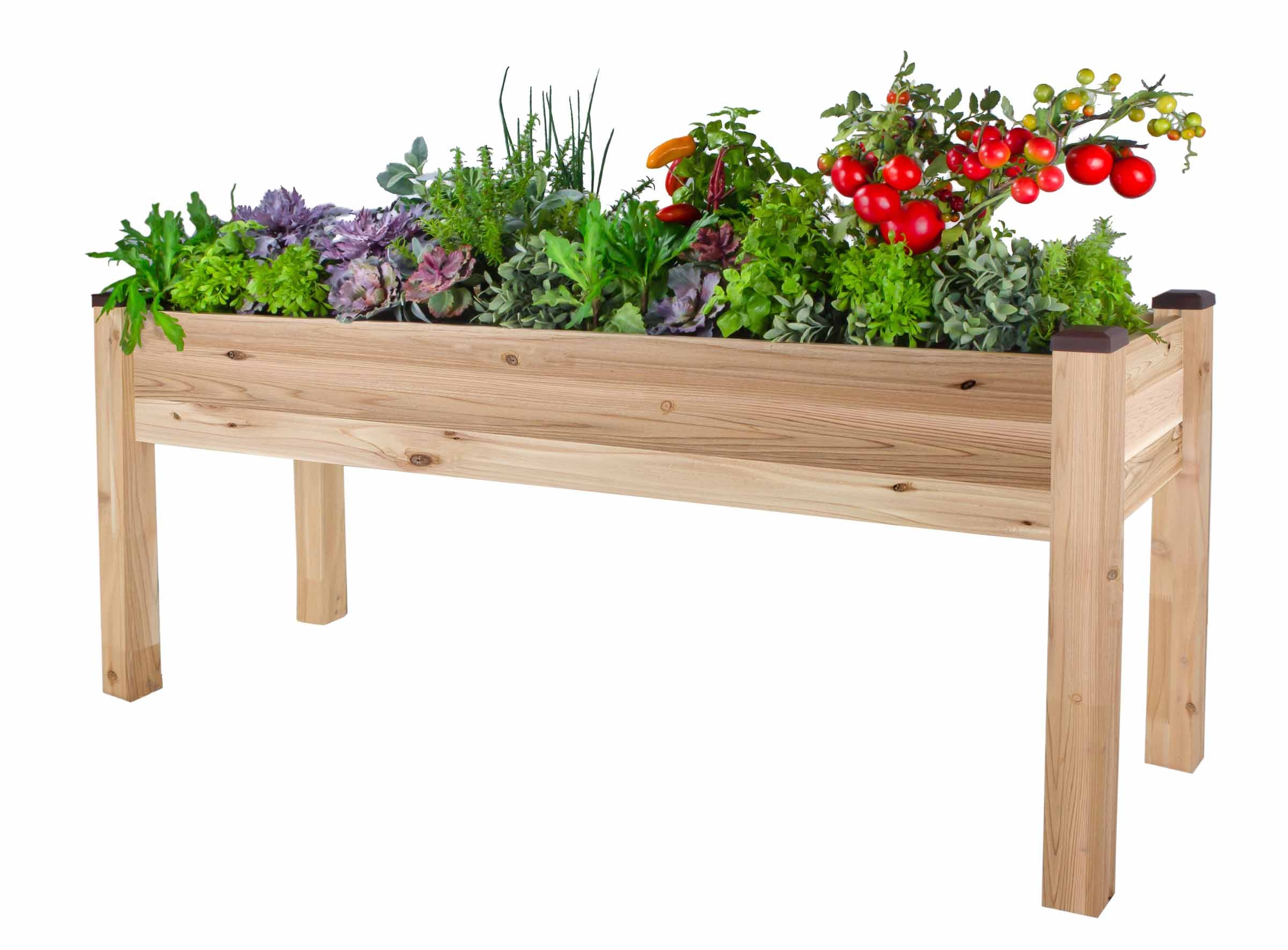Gardening Adventures
Thinking About a Pergola? Fall Is the Time
Thinking About a Pergola? Fall Is the TimeIf you’ve been dreaming of adding a pergola, fall is honestly the best season to do it. The days are cooler, the bugs are fewer, and outdoor time finally feels like a reward again.Right now, the CedarCraft Bali Pergola — our signature 8x8 cedar design — is on fall special for just $599. It’s the perfect way to refresh your backyard before winter, and once it’s up, you’ll wonder how you ever did outdoor season without it.If you already own a Bali, this is your moment to give it a glow-up. After months of triple digits and mirage heat rising off the patio, we’ve finally hit that magic stretch where evenings are crisp, the air smells like cedar, and you can actually enjoy sitting outside again. Step 1: Build Warmth You Can Feel Think of your pergola as a blank canvas for comfort. Start with layers that last through chilly mornings and evening breezes. Add weather-resistant throws, thick outdoor cushions, and a small rug to anchor your space. For longevity, look for UV-rated fabrics — the fall sun can still fade cheap textiles in weeks.A few well-chosen textures — soft knits, woven accents, and the natural warmth of cedar — can make your Bali Pergola feel more like an outdoor living and dining room than a simple patio cover. This is the kind of space where conversations stretch out, and dinner turns into dessert without anyone checking the time. Step 2: Make the Light Work for YouGood lighting transforms your pergola from functional to inviting. The secret is layering light at different levels to create warmth and depth.Run Edison-style LED string lights (like Brightech Ambience Pro) across the Bali Pergola’s crossbeams to highlight the wood grain. Add solar lanterns or clip-on sconces along the posts for soft side lighting, and use rechargeable LED candles or a small outdoor table lamp for close-up glow.Use clear zip ties or small cup hooks to attach the lights neatly — they stay secure without marking the cedar. The result is soft, layered illumination that makes your backyard feel like a destination, not just an afterthought. Step 3: Bring the Heat — Then Bring the Meal Cooler weather doesn’t mean retreating indoors. Fire up the grill, then bring your meal beneath the pergola’s canvas canopy to dine in comfort. Add a short propane heater or a small freestanding fire pit a few feet away for just enough warmth to extend your evenings.Set a simple table — cedar or neutral wood, a cloth napkin or two, and maybe a thermos of something warm or a bottle of Bordeaux. The Bali’s canvas top keeps stray leaves from landing on your dinner, while its cedar frame adds a subtle, woodsy scent that feels distinctly fall. Step 4: Keep the Color GoingYour summer herbs may be fading, but fall planters bring new personality. Combine ornamental kale, violas, and dwarf grasses in your CedarCraft Elevated Planters for color and texture that lasts. The natural cedar finish pairs beautifully with rich autumn tones and resists rot even in damp weather.Add a few pumpkins, pinecones, or dried branches around your pergola posts for a quick seasonal refresh. For more inspiration on plant pairings and container styles, explore this excellent 27 Plants for Gorgeous Fall Containers — it’s packed with ideas to keep your garden lively through the colder months. Step 5: Turn It into a HabitThe best pergola setups don’t just look beautiful — they draw you in. Make it part of your daily rhythm: morning coffee while the fog lifts, dinner outside before the time change, or a quiet evening with a blanket and a good playlist.Keep a basket of throws nearby, a few sturdy mugs ready to fill, and let your Bali Pergola become the reason you spend more time outdoors this season. With its cedar scent, canvas shade, and clean, open design, it’s the easiest way to make your backyard feel like home — even when the weather cools. Final Thought: Comfort Isn’t SeasonalWe wait all year for this. The air turns cooler, the light gets softer, and suddenly your backyard feels like the best room in the house.Whether you’re giving your pergola a fall upgrade or finally adding one to your space, the CedarCraft Bali Pergola turns any yard into a four-season retreat — a place to breathe, gather, and make the most of this perfect stretch of weather.So grab your blanket, set the table, and stay a while. After that summer? You’ve earned this. About Mischelle, the Backyard Hopeful Mischelle is a writer, former chef, and the proud survivor of many, many houseplant casualties. While most greenery in her care has met a leafy end, she’s found redemption in CedarCraft’s self-watering planters — where her herbs actually thrive. She loves warm weather, outdoor BBQs, and believes you don’t need to be an expert gardener to create something beautiful — just the right tools, a little sun, and a whole lot of hope.
Learn moreBest Plant Apps for Gardeners: When Your Ghost Peppers Ghost You
My Pepper Plants Have Commitment Issues This season, my ghost peppers completely ghosted me—big leafy plants, but no fruit at all. My banana peppers were a little more generous, sending out plenty of flowers, but only a handful ever turned into actual peppers. Raised beds make gardening easier, but they don’t explain why your peppers play hard to get.That’s when I turned to plant apps. Whether it’s figuring out why my peppers won’t perform or identifying that mystery sprout in the corner of the bed, these apps act like a pocket garden coach—ready whenever I need a second opinion. Top Plant Apps Worth Downloading App Name Rating Free or Paid Approx. Cost Standout Feature PictureThis 4.8/5 Freemium → Paid ~$30/year Identifies plants instantly, flags pests/disease, and gives tailored care tips PlantNet 4.4/5 Free Free Community-powered ID, perfect for flowers and veggies iNaturalist 4.0/5 Free Free Connects your finds to global citizen science projects PlantSnap 4.6/5 Freemium → Paid In-app purchases Large database, great for ornamentals and edibles alike Planta 4.7/5 Freemium → Paid ~$35/year Creates customized care schedules based on your climate and sunlight For a deeper dive into how these apps compare head-to-head, GrowIt BuildIt ran extensive tests and shared their full results. Why These Apps Are Great for Pepper Problems PictureThis: Snaps a photo of your plant and helps diagnose common issues (like poor pollination or nutrient needs). PlantNet: Great for quick ID when you’re not sure if that’s a volunteer pepper sprout—or an ambitious weed. iNaturalist: Not just peppers—connects you with a community of gardeners and scientists who love troubleshooting. PlantSnap: Broad coverage across veggies and ornamentals—useful if you’ve got more than peppers in your beds. Planta: Tailors watering and fertilizing reminders to your local conditions, which is especially helpful for peppers that are sensitive to heat and timing. Extra Tips for Choosing the Right App Check for troubleshooting featuresSome apps go beyond plant ID and actually suggest care solutions. PictureThis will flag pests, nutrient deficiencies, and stress symptoms—helpful when peppers look fine but aren’t producing fruit.Ease of photo uploads mattersPeppers can look very similar at different stages. Apps with strong AI, like PictureThis and PlantSnap, quickly analyze photos and reduce misidentifications.Look for regional accuracySome apps adjust advice to your climate zone. Planta is especially strong here, creating care schedules based on your local weather, daylight, and humidity—great for peppers that demand consistent warmth and pollination.Try before you buyMany apps start free with limited features. Test them before committing to an annual subscription—especially if you just want ID versus detailed coaching.Use app journalsTracking bloom time, fruit set, and soil conditions makes patterns easier to spot. Both Planta and PictureThis include journaling features, which is perfect for comparing this season’s pepper success (or struggle) and prepping for a fall garden—more on that in an upcoming post. Pairing Apps with CedarCraft Raised Beds Raised and elevated beds already give peppers a head start with warmer soil, better drainage, and easy access for care. Add in an app that reminds you when to water, fertilize, or troubleshoot—and you’ve got a recipe for a stronger harvest, without the guesswork. Wrap-Up Ghost peppers that ghost you, banana peppers that flirt with flowers but won’t commit—every gardener has been there. Plant apps can’t guarantee fruit, but they can help you figure out why things aren’t going as planned and what to try next. Combined with raised-bed planters that give your crops the best growing environment, they’re the kind of backup every gardener needs. Mischelle, the Backyard Hopeful Mischelle is a writer, former chef, and the proud survivor of many, many houseplant casualties. While most greenery in her care has met a leafy end, she’s found her redemption in CedarCraft’s self-watering planters—where her herbs actually thrive. Basil is her crown jewel; her kids eat it like lettuce, and she turns it into a killer artichoke hummus pesto. She loves warm weather, outdoor BBQs, and believes you don’t need to be an expert gardener to create something beautiful—just the right tools, a little sun, and a whole lot of hope
Learn morePutting Your CedarCraft Garden To Bed
The first frost is just around the corner, if not already here, for many gardeners in colder climates. Harvest season is over and winter is creeping its cold, icy fingers into garden beds. It’s time to clean up and prepare for next spring by putting your CedarCraft garden to bed. Putting in the extra cleanup effort at the end of fall will help you start your spring gardening season off on the right foot. Your planters will be clean, and filled with healthy, warm soil earlier than gardeners waiting for the ground to thaw out, which means you get a gardening head start on everyone else! Here are the simple steps that you need to do to put your gardens to bed: Pull Out The Old By this time in the season many of the vines and stalks have wilted as they have finished their production. Flowers have gone to seed, and leaves have fallen. Pull up tomato, squash, pea, and bean plants, and leave your fall plantings of cold weather vegetables like kale and lettuce to harvest throughout the remaining season. Make sure to double check if your fruits, flowers, and herbs are perennials or annuals. Annuals will get cleared out from the planters, but your perennials, like strawberries, can stay in with a bit of pruning and some mulch to keep them warmer. You can protect tender perennials with a row blanket or plant blanket as well. When clearing things our, a good rule of thumb is that if a plant is yellow or brown, cut it down, if it’s green leave it be. Turn The Soil Once you have the old and dead plants cleared out, till the soil to get some oxygen in there, break up clumps from remaining roots, and encourage bugs and pests to find new homes for the winter. Add a layer of compost to the mix and top it off with mulch or autumn leaves that will break down over the winter season and add more nutrients to your planter garden bed. Plant Spring Bulbs Now is the perfect time to get your spring bulbs in soil. They’ll even grow well in a planter! Spread out your tulip, crocus, and other spring bulbs in your planter. Make sure to add a variety of early, mid, and late spring blooms for continued variety throughout the flowering season, right before vegetable planting season begins. Make sure you plant the bulbs with the pointed tip side up, push them down a few inches into the soil, and cover with mulch to protect them from winter soil cracking. Now kick back and enjoy your gardening break during the winter!
Learn moreLessons Learned From Planter Gardening This Season
Gardening is a mix of science and art. It’s possible that you can carefully craft the perfect garden space with optimal soil nutrients, ideal sunlight, and a well-timed watering system and have nothing go as planned. Even the best gardeners experience challenges during the growing season, and sometimes they have complete garden fails. Gardening is a learning process for everyone, not just a product, which is part of the appeal. It’s also comforting for beginning gardeners to know that even the most experienced gardeners still have their obstacles to overcome. Many of the pros live by the philosophy, “If you’re not killing plants, you’re not stretching yourself as a gardener.” Our CedarCraft team field-tests each one of our planters during the gardening season, growing a variety of fruits, vegetables, herbs, and flowers in the process. You can see how our own gardens grow on Instagram as we share photo updates throughout the year. Rest assured, even though our garden may look beautiful, we experience our own challenges too. We’d love to share some lessons that our Colorado team learned from the 2015 gardening season. Weather This is one of the biggest hurdles for every gardener around the world, and it has been since the beginning of time. Floods, droughts, cold snaps, high winds, and hail are all elements that can wreak havoc on your garden. Our Colorado team had an exceptionally wet and cold-ish May, right when the planting season began. It was a little too much for the cucumbers to bear and we lost them all. Lesson Learned: Patience is a virtue, especially in gardening. It’s better to wait a little longer than jump the gun when planting your starters to make sure they have a good chance of establishing roots. Soil We spent a lot of time on procuring the right mix of soil for all of the planters this year. What we found was with that particular mix, our tomatoes flourished and thrived in the ground planters, but our spinach and lettuce greens needed a little more help with the same mix in the Urban planter. We had to switch out soils in that planter, and once we did, the spinach grew like wild! Lesson Learned: Ground planters with sturdy plants do well with the soil mix we wrote about earlier this year. The Elevated planters will do better with a softer container soil mix. Water We did pretty well with keeping up on our watering cycles this year! Nothing dried out or wilted… until we went on vacation. Summer is a time to enjoy vacations with kids out of school and the warm-weather adventures at your feet. Our Colorado team went on a backpacking trip for a few days thinking that the garden would be OK. While there were cool temps in the high country, it was a lot warmer in the flatlands. We came back to find some of the plants drier than they should have been, which caused a few to bolt early. Lesson Learned: set up watering systems if you can, and at the very least, have a neighbor or friend come over to water your garden while you’re on vacation. We have some exciting new developments with our product line in 2016 that will help you with this! Look for an announcement in January. Pests This may have been the biggest challenge for us this year above all else. Rabbits scaled chicken wire fences to nap in the cilantro, birds filled up on strawberries, squirrels pilfered the peppers, and bugs munched on kale and cauliflower. It was garden warfare despite our best efforts with all methods of pest control. Lesson Learned: We’re still learning. We’ll see what we can do to lessen the likeness of “Mr. McGregor’s Garden” in 2016. Unexpected Experiments We had one planter that we lovingly called the “misfit garden” where we planted extra starters and companion planted plants that you’re not supposed to place next to each other. We didn’t have high hopes for this section of the garden, but decided to take the risk anyway to see what would happen. There were some fails in there for sure, like the extra cauliflower plants not producing anything at all, but we found some unexpected success, like potatoes and pumpkins thriving!! Lesson Learned: It’s OK to take risks! Don’t be afraid to fail, because you might just experience some unexpected successes. And sometimes those are the best! Despite our own challenges this year, we came out of it with first-hand knowledge to apply in the 2016 growing season, and we had some delicious harvests along the way. We’re certainly looking forward to the gardening adventures that the next year will bring!
Learn more

